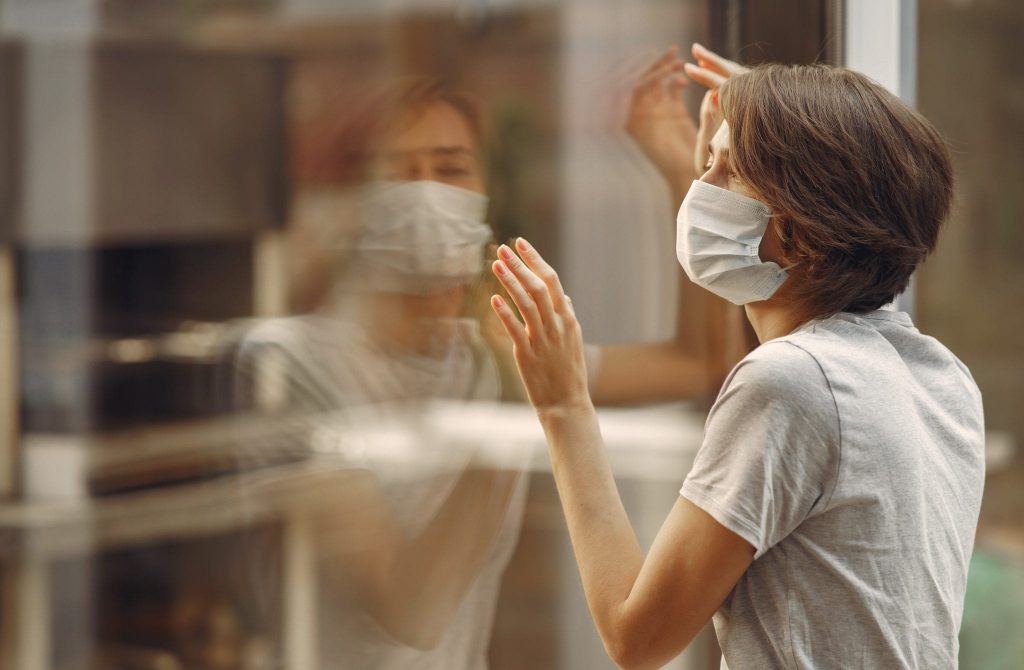
For fear of getting sick with COVID-19, people are less likely to ventilate their homes. It seems like the SARS-CoV-2 virus can fly through an open window and infect everyone in the room. But there is no risk of contracting COVID-19 by ventilation. Instead, the risk of “catching” a virus, bacterium or fungus is growing in a suffocating room.
Evidence currently suggests that the virus that causes COVID-19 disease is mostly transmitted through contact with the drops produced by the breathing, coughing, or sneezing of an infected person. Therefore, the virus does not fly into your open window like a bat and thus does not cause harm.
Let’s take a look at how COVID-19 is transmitted to be sure which security measures are working and what is not:
-
- The disease can be transmitted from person to person through small drops of fluid from the nose or mouth.
- These drops spread as the infected person coughs, sneezes, talks or exhales.
- You can get infected by simply inhaling these drops. It is enough to keep in close unprotected contact with the infected person — at a distance of less than a meter and without a protective mask.
- You can still get infected by touching the surface or objects on which these drops landed and then touching your nose, mouth or eyes with the same hand.
That is why it is so important to wash your hands as often as possible or treat them with an alcohol-containing antiseptic. Do not touch the face when in a public place. Keep a distance of 1.5-2 meters. Wear masks if you are nursing or have symptoms of the disease yourself.
The possibility of SARS-CoV-2 transmission through the air is currently under investigation. While scientists are studying how long a virus can linger in the air, how it can be affected by temperature or humidity, whether a person can theoretically inhale it and how many and many other issues related to it are clarified.
But remember, just opening a window for ventilation will not endanger yourself and your family. On the contrary, evidence-based COVID-19 protection guidelines encourage more frequent ventilation.
In an airless room, dirt and dust particles hang in the air for longer, so they can be additional irritants and carriers of bacteria and viruses. A particularly suffocating room is dangerous for babies in whom heavy, dry air can cause cold-like symptoms — runny nose, sneezing and coughing.
Ventilate as often as possible, do wet cleaning, clean surfaces with detergents or disinfectants.
Sometimes, take a walk to breathe in the fresh air (but follow the rules in place in your city). It’s better early in the morning or late at night when there are fewer people and easier to keep a distance. Walking is useful for both lungs, muscles, and quarantined nerves.
Picture Credit: Freepik
